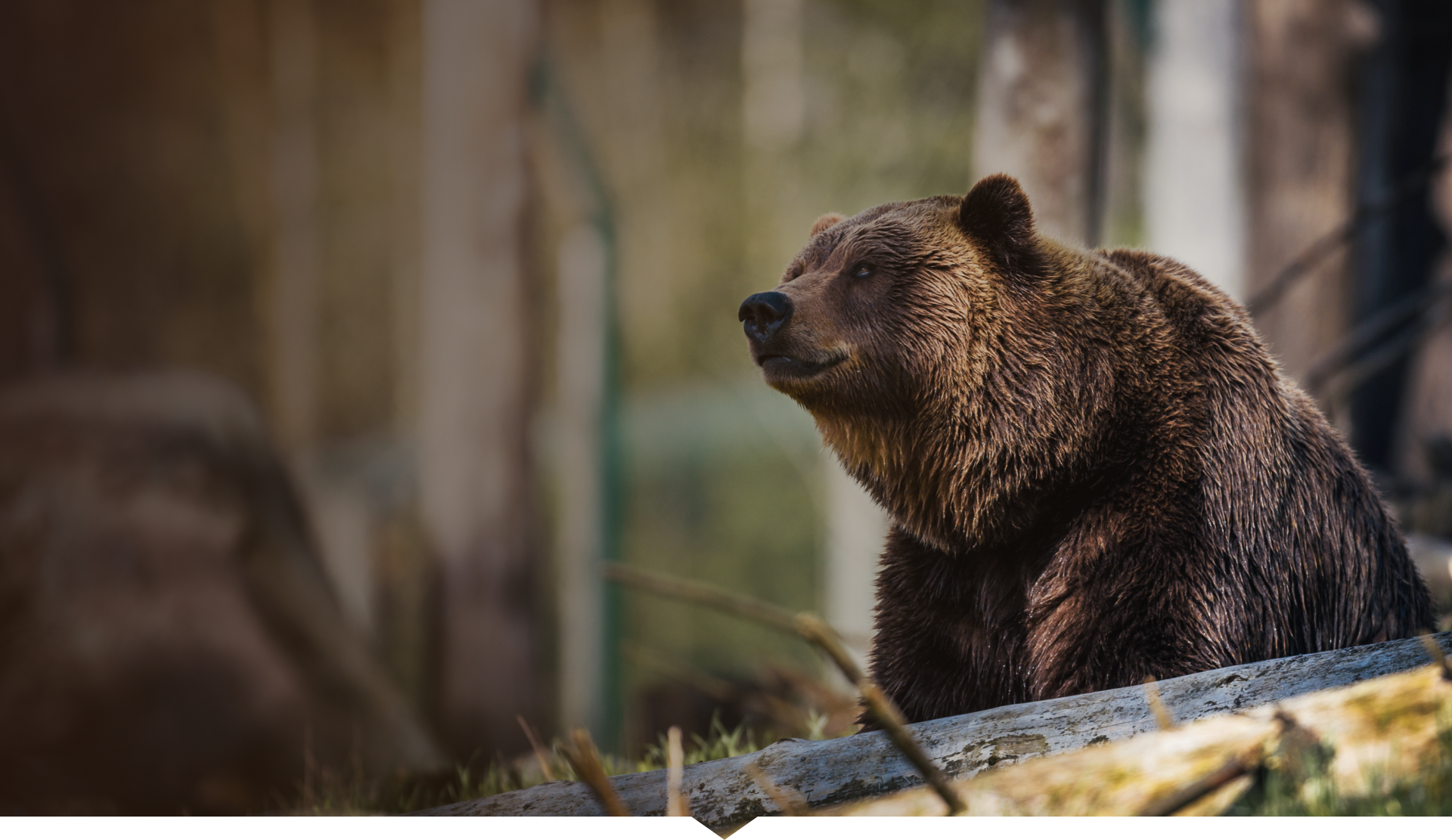Vrijdagavond 16 mei kwamen de twee Bulgaarse beren Maria en Pesho na een lange reis aan in Het Berenbos. Ze werden uit de vrachtwagen geladen en in de quarantaine verblijven geplaatst. Beer Pesho onderging alles gespannen, maar hij herstelde snel en ging al snel eten en drinken. Inmiddels is hij redelijk rustig geworden. Beer Maria is een ander verhaal. Zij heeft maar liefst 21 jaar in een betonnen bak in Kormisosh doorgebracht, en heeft daar een behoorlijk trauma aan over gehouden. Al die jaren is ze niet alleen verwaarloosd, maar ook continu gepest, waardoor ze nu enorm agressief reageert op mensen. Nog steeds loopt ze rondjes in haar quarantaine ruimte, en wil ze niet rustig worden. Het is duidelijk dat het lange tijd zal duren voordat ze vertrouwen in mensen krijgt. Ze heeft veel aandacht nodig, en moet in staat worden gesteld een vertrouwensband met de dierenverzorgers op te bouwen.
Daarom is besloten een extra dierenverzorger in te zetten, zodat de berenverzorgers in staat zijn Maria die aandacht te geven. De dierenarts, biologe en dierverzorger hebben de beide beren geobserveerd, en geconcludeerd dat het voor het welzijn van beer Maria belangrijk is om haar voorlopig nog niet te behandelen. We houden haar door middel van camera’s goed in de gaten. Pesho is al wat rustiger, en kan aan zijn gebit behandeld worden. Beide beren moeten 30 dagen in quarantaine blijven. Echter zodra ze gecontroleerd zijn op mogelijke ziekten en blijken ‘schoon’ te zijn, krijgen ze de introductieverblijven met uitzicht op Het Berenbos erbij. We dienen er dan voor te zorgen dat er geen fysiek contact is met de beren in Het Berenbos. Dit in verband met quarantaineregels die de dierenarts in overleg met VWA heeft vastgesteld. We vermoeden dat beer Pesho binnen afzienbare tijd na de quarantaineperiode met de berenbosbewoners kennis kan gaan maken. Zoals het er nu uitziet heeft Maria langere tijd nodig. We houden u graag op de hoogte!


